
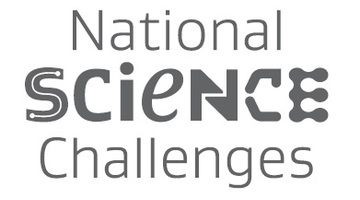
As New Zealanders looking to the future, we are faced with many opportunities – and challenges. These include improving the health of all our people, advancing our economic growth, protecting our ...
READ MORE
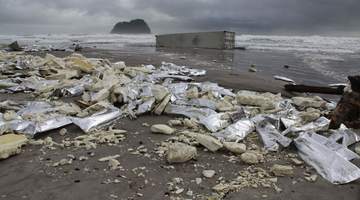
The resources in this collection are about where the land meets the sea. New Zealand has 15,134 km of coastline with extensive marine habitat. Land and sea are intricately linked, one impacting ...
READ MORE
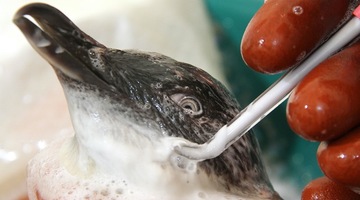
On 5 October 2011, Maritime New Zealand was called to respond to an ‘incident’ in the early hours of the morning. The 236 m cargo vessel Rena had struck the Astrolabe Reef about 12 nautical miles ...
READ MORE

Aotearoa New Zealand has one of the highest cat ownership rates in the world. Nearly 40% of households have at least one cat – for the most part, we’re fond of our cats. Unfortunately, domestic ...
READ MORE

Aotearoa New Zealand has a lot of cats! Forest & Bird reports we have: 1,134,000 companion cats 196,000 stray cats millions of feral cats – there’s no data on feral cat abundance but this is ...
READ MORE

Should cats be allowed to roam freely? It’s an emotive question with lots of underlying factors. For example, are we talking about cherished cats or feral cats – pets or pests? Does this matter ...
READ MORE

Be part of a worldwide movement and use Global Earth Challenge to submit or classify photos to help our planet’s environment and human health. Global Earth Challenge is a citizen science campaign ...
READ MORE
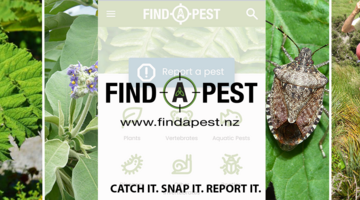
The free Find-A-Pest app makes it easy to report and identify possible pest species. Wherever you are, you can help protect Aotearoa New Zealand’s primary industries and native species in two ...
READ MORE
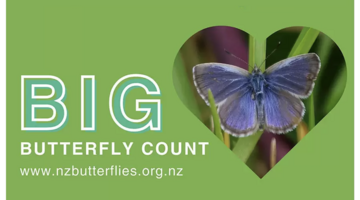
This New Zealand-based citizen science project collects data about butterflies in our gardens, schools, parks and farms – any location in the country or on the outer islands. This annual event – ...
READ MORE

Introduced plant species – friend or foe? This might depend on who is answering the question. Over 25,000 exotic plants have been introduced to Aotearoa New Zealand. Some of these are highly ...
READ MORE
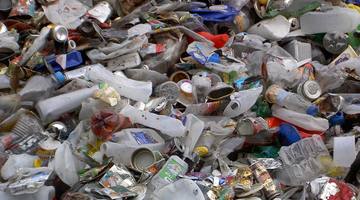
Below are links to Science Learning Hub resources for primary teachers related to recycling and biodegradability in the Material World strand of the New Zealand Curriculum. Recycling and ...
READ MORE
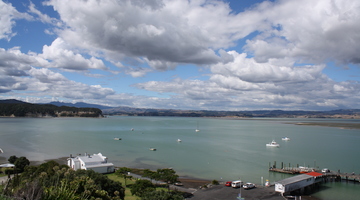
With 75% of New Zealanders living within 10 km of the coast, many students will be familiar with estuaries. In scientific terms, estuaries are the interface between the land and the sea – the ...
READ MORE
Immediately following the grounding of the Rena on the Astrolabe Reef, the Bay of Plenty Polytechnic and the University of Waikato formed a marine response team. This team surveyed local marine ...
READ MORE
Researcher Cheri van Schravendijk-Goodman explains why some plants are considered pest plants within the Waikato River catchment. These plants invade the catchment area and often compete with ...
READ MORE
Prof Richard Haverkamp, of Massey University, outlines why he uses plants to make gold nanoparticles. There are also views of Dr Aaron Marshall and the electrolysis equipment used to test ...
READ MORE
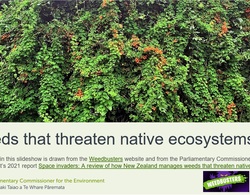
A slideshow of weeds and the adaptations that make them problematic in a New Zealand setting. Use the Slideshow menu for further options, including view full screen, and go here for the download ...
READ MORE
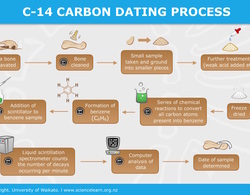
Historical artefacts like moa bones can be dated using a technique that measures the activity of the radioisotope carbon-14 still present in the sample. By comparing this with a modern standard ...
READ MORE

The marine environment of the Auckland Islands in the New Zealand Subantarctic Islands group is home to a diverse range of species. Use this interactive image to learn about this diverse ...
READ MORE